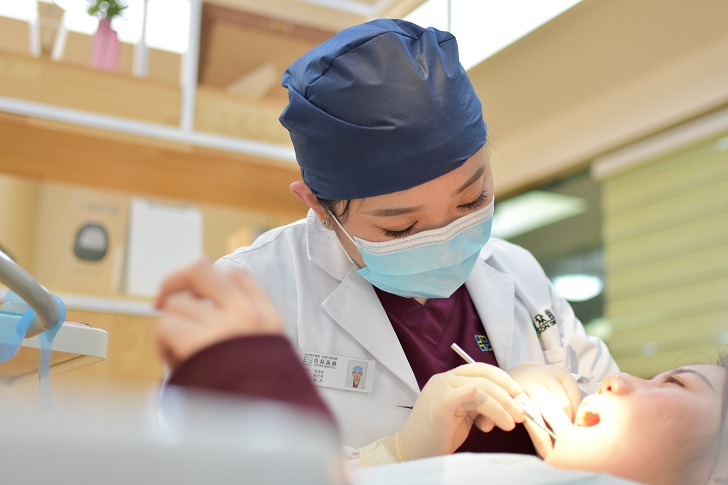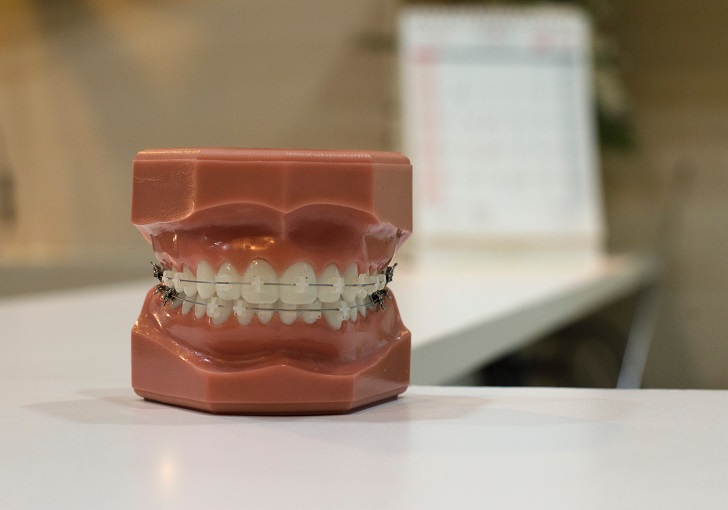
Things to Consider Before Getting a Dental Plan

Even with Medicare plans, most people are left under-insured. Traditional Medicare doesn’t include dental services. So if you would need a stand-alone dental plan or upgrade to a Medicare Advantage plan if you want to have dental work covered.
Unlike traditional Medicare, which is directly managed by the government, Medicare Advantage plans, aka Part C, are administered by private companies who work with the federal government to provide the other two parts.
According to the Kaiser Family Foundation, about a third of Medicare beneficiaries—or 22 million people—have Medicare Advantage. There is currently an open enrollment period for Medicare Advantage that will run until March 31. Existing beneficiaries can switch their current plan with a new one or give it up and acquire a traditional Medicare plan. However, those with traditional plans can’t change to a Medicare Advantage.

Coverage of traditional Medicare doesn’t include dental services.
In 2016, about 62% of Medicare Advantage beneficiaries had dental benefits. Meanwhile, 21% of traditional Medicare beneficiaries availed of stand-alone dental plans. Still, most of these are only basic and don’t include more specialized services.
For stand-alone dental coverage, plan holders must pay around $30 a month. On the other hand, people pay $0 for their Medicare Advantage plan premiums, so their dental benefits have no extra fees.
This encourages people to visit their dentist. When they finally pay the bill, they will then realize that the dental coverage helps lessen the dents on their wallets for dental services. In 2016, those with Medicare Advantage only took out an average of $894 from their pockets while those without had to pay around $928.

Medicare Advantage beneficiaries don’t have extra fees for their dental benefits.
Even with financial advantages, the coverage is usually minimal. Typical dental plans only offer basic cleaning once or twice a year. Unfortunately, older adults require more than basic dental service. With increasing oral health issues such as gum disease, most people who are aged 60 and up need specialized cleaning.
This is more or less the same for those who haven’t had a visit to the dentist for years. When they finally have their teeth checked, they would most likely need more in-depth cleaning. Higher-level services are simply not covered in most dental plans.
You can’t have everything, but it’s still important to assess a dental plan before availing of it.
Plan Coverage
Before choosing your dental plan, it is important to understand the terms that are being used. Know what services are defined as “basic”. Since a lot of plans don’t include full-mouth x-rays, you also need to see if what types of x-rays are part of the package.

Assess dental plans before buying it.
Coverage Terms
It could be a hassle to find out that you’re still not eligible for a service when you need it immediately. Make sure to take note of elimination periods for major procedures. Some may require months or even years before you can avail of certain services.
Price of the Plan
When weighing out options for dental plans, the first thing you’ll probably look for is how much you’ll pay as premium. However, there are other costs that you should also consider such as the co-payments or co-insurance. Also, find out how much the limit for your annual coverage is. Usually, these have caps somewhere between $1K and $2.5K per year.
More in Anti-Aging
-
`
Jennifer Aniston’s Timeless Tips for Health and Youthfulness
Iconic Hollywood actress Jennifer Aniston has long been admired for her acting prowess and seemingly ageless beauty and vitality. Now in...
November 22, 2023 -
`
Unleash Your Entrepreneurial Drive: 5 Strategies for Self-Motivation
5. Have an Undying Passion Passion is the driving force behind the world’s most successful entrepreneurs. Self-motivation becomes second nature when...
November 19, 2023 -
`
How to Go Vegan – The Right Way!
The vegan lifestyle has seen a significant surge in popularity lately, and rightly so. Embracing veganism not only fosters personal health...
November 12, 2023 -
`
7 Eye-Opening Reasons to Drink More Water
Water is frequently hailed as the quintessential elixir for life, and rightfully so. Constituting approximately 60% of our total body weight,...
November 1, 2023 -
`
Drake’s Workout Regimen: How the Canadian Rapper Stays Fit
The lights dim, the stage is set, and the crowd’s anticipation is palpable. When the beat drops, there is one Canadian...
October 24, 2023 -
`
Why Six-Figure Family Holidays Are Becoming the New Normal
In the panoramic landscape of the modern travel scene, a particularly glittering trend is emerging, akin to finding a diamond the...
October 21, 2023 -
`
Foods With High Water Content
Water is the elixir of life, and staying adequately hydrated is crucial for maintaining our health and well-being. While sipping on...
October 15, 2023 -
`
The Impact of Wearable Technologies in Health Research
In recent years, wearable technologies have emerged as a powerful tool in health research, revolutionizing how we collect and analyze data...
October 3, 2023 -
`
How Celebrities Stay Fit? Secrets of Chris Pratt, Jennifer Lopez & More
The glitz and glamor of Hollywood may make it seem impossible for celebrities to maintain an enviable physique. But it is...
September 29, 2023















You must be logged in to post a comment Login